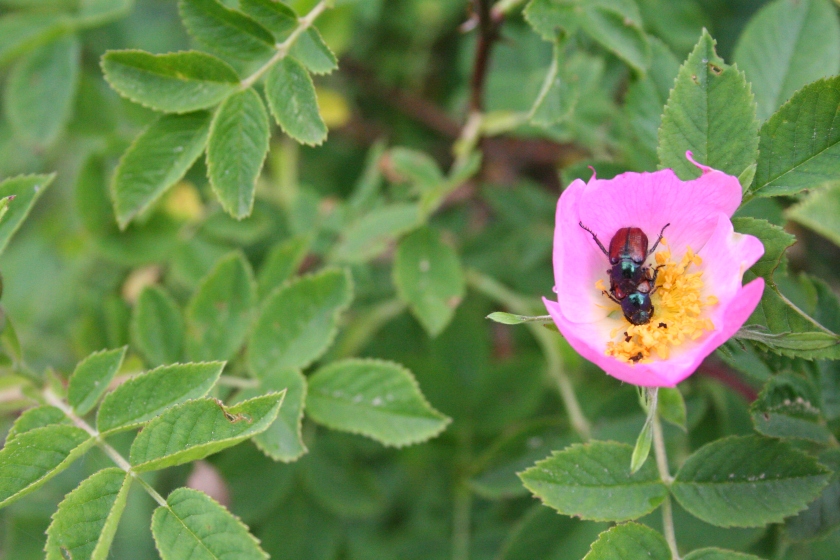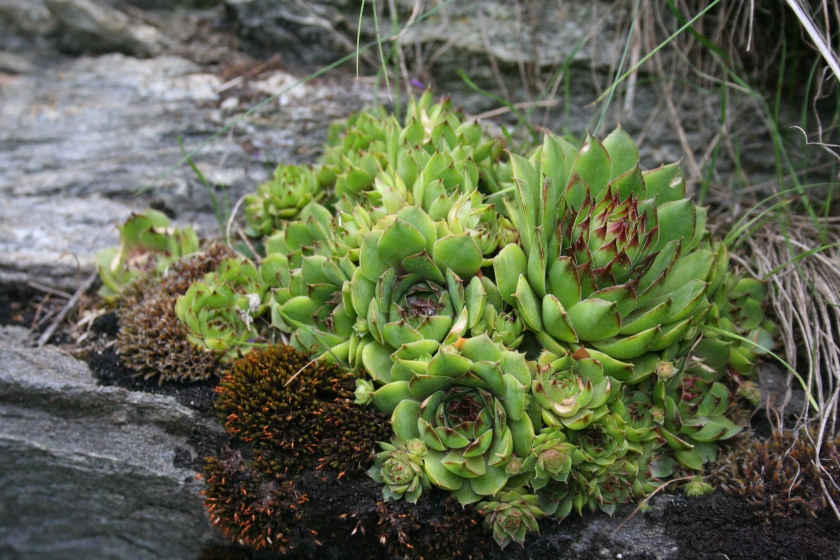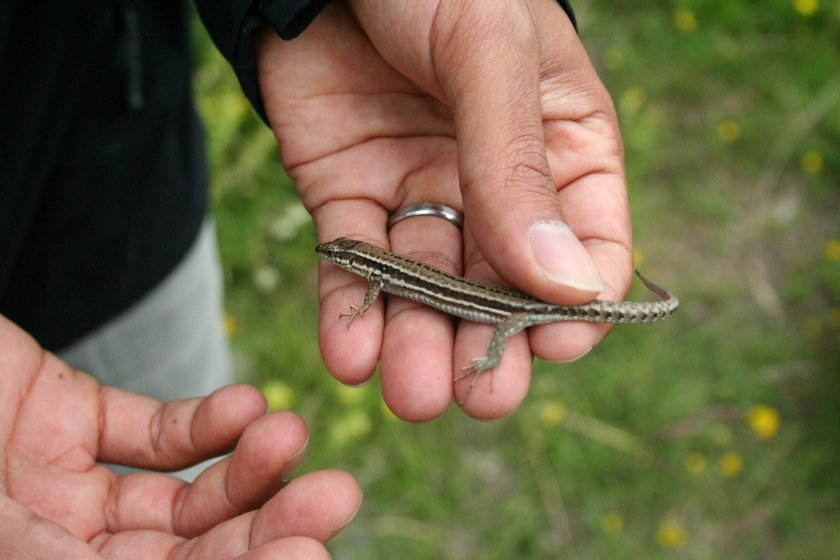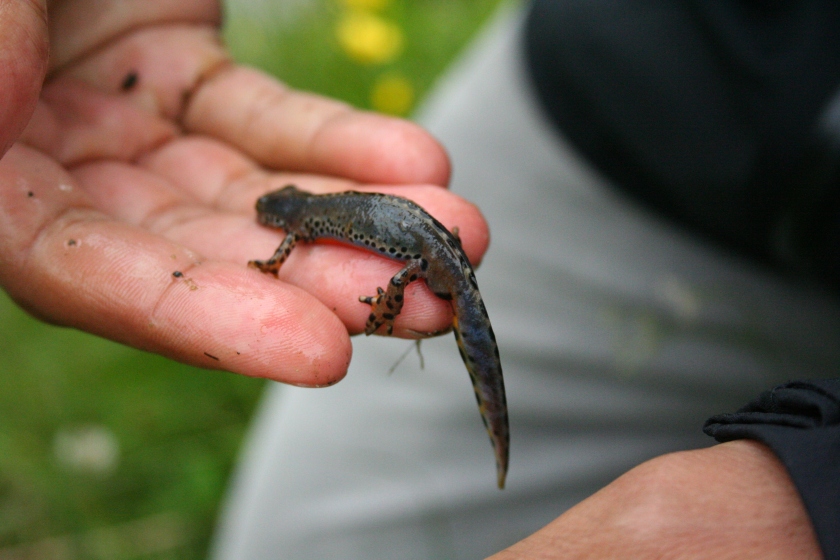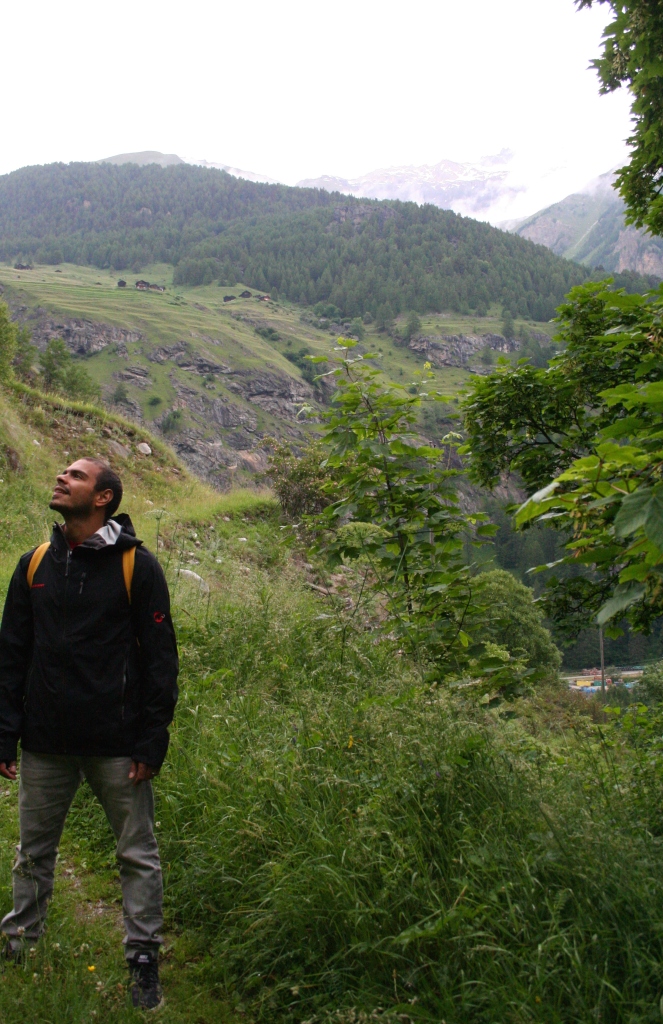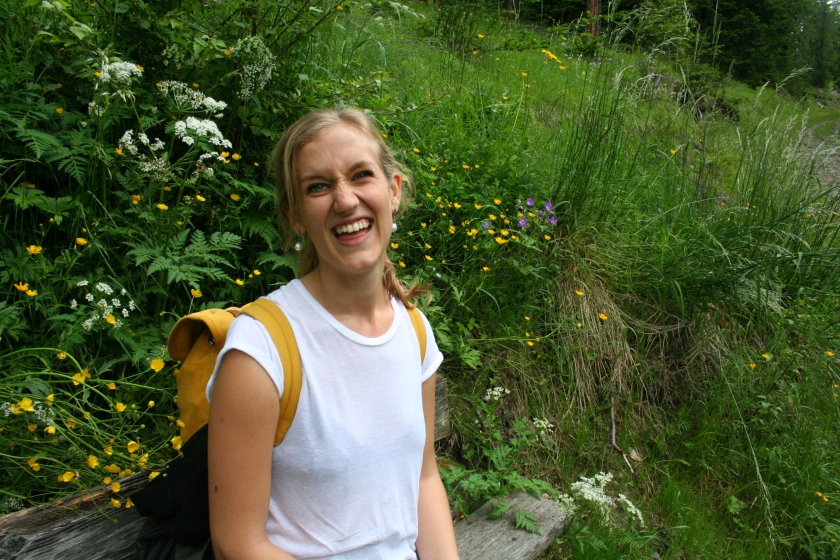
When my friend Lotta emailed me two weeks before Easter to remind me that she would be travelling through Guatemala, Carlos and I jumped at the chance to join her in Antigua (a UNESCO World Heritage Site in the central highlands of Guatemala).
We flew to Guatemala City on Palm Sunday, and went straight to Antigua. Our driver explained to us that the city was host to one of the biggest Easter processions in Latin America, and that dropping us off right in front of our hostel may be problematic; sure enough, as we arrived, the procession was actually going right past the door of our hostel, so we tried and failed to look inconspicuous with our backpacks as we made our way through the crowds.

The processions took place at least three times a day throughout the week, with some starting at three in the morning. Most of the processions started with men carrying incense, followed by lines of men dressed in purple robes. Groups of up to eighty men then carried huge wooden platforms with scenes of the Holy Week (such as Christ carrying the cross or the crucifixion), followed by a marching horn and flute band playing funeral marches. A similar procession would follow with groups of women dressed in white and black, carrying scenes of the Virgin Mary. It was obvious from the faces of those carrying the platforms that they were extremely heavy, and that the walk was a momentous spiritual experience. Despite the hundreds of people watching, the streets were often silent, save from solemn and slow drumming.








On Easter Friday, everyone in the procession was dressed in black, and the floats got larger and even more impressive.






Throughout the week, Antiguans lined the streets with carpets made from coloured sawdust, flower petals, pine needles and tropical fruits, as a symbol of the streets of Jerusalem on Palm Sunday. Each carpet was often the result of weeks of preparation in designing and creating large stencils and then hours of work on the spot. These carpets would exist for a few hours, often created in the wee hours of the morning, and then the processions would walk over them and reduce them to a messy mix of sawdust over the streets.

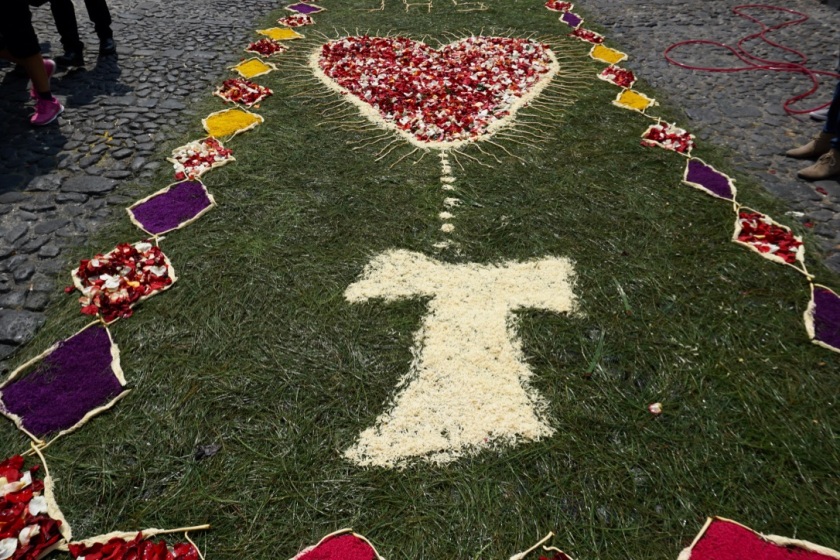







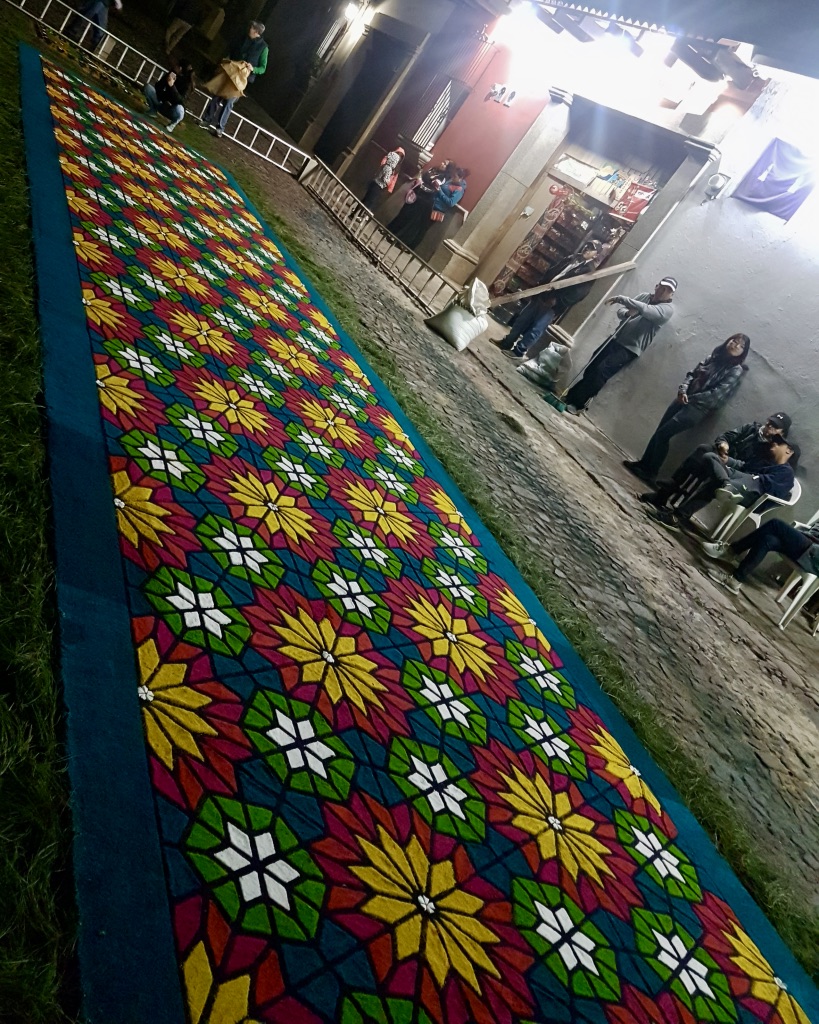

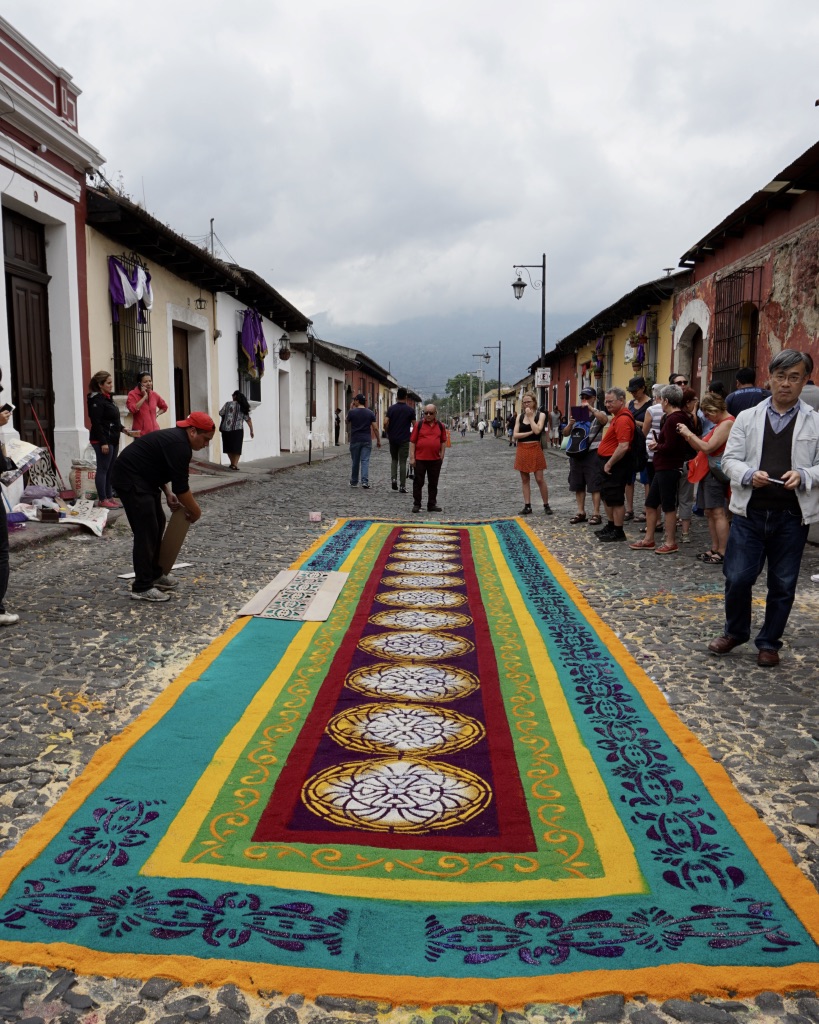
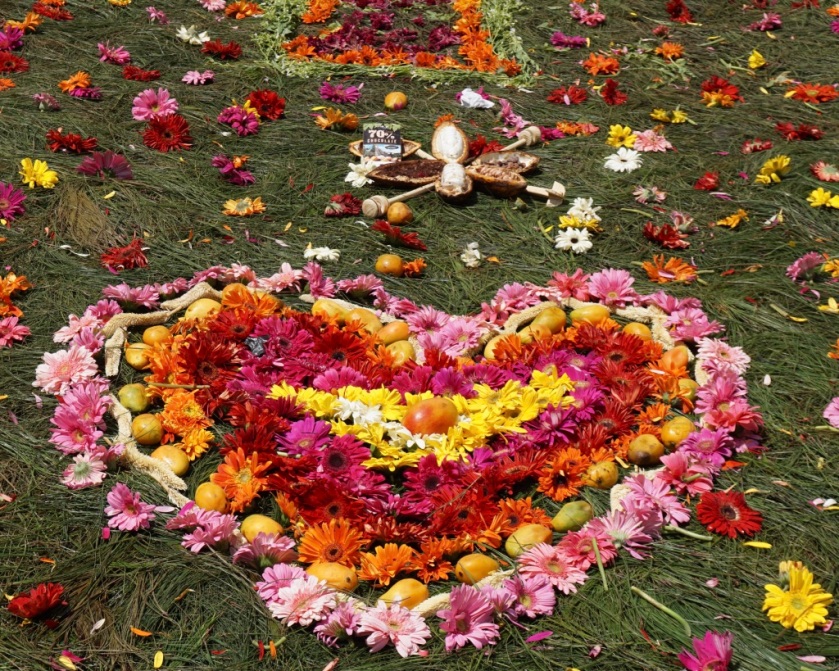
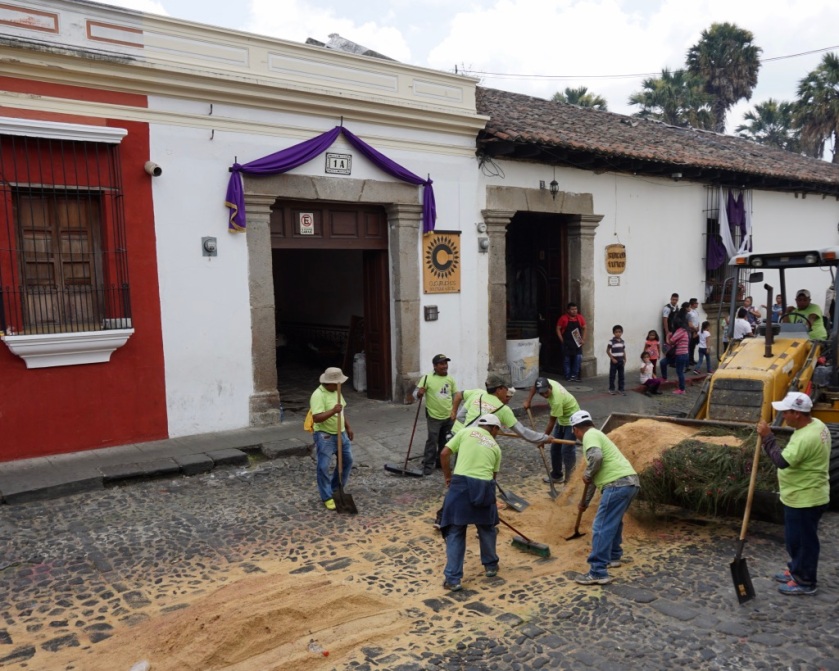
Besides the processions, Antigua is a beautiful colonial city, surrounded by volcanos and endless blue skies. Over Easter it was full of tourists (mainly Central Americans and US/European backpackers), but it’s no wonder why: there is an incredible amount of local handicraft for sale, and churches and streets to explore, the restaurants are excellent, and people are extremely friendly and open for a chat.




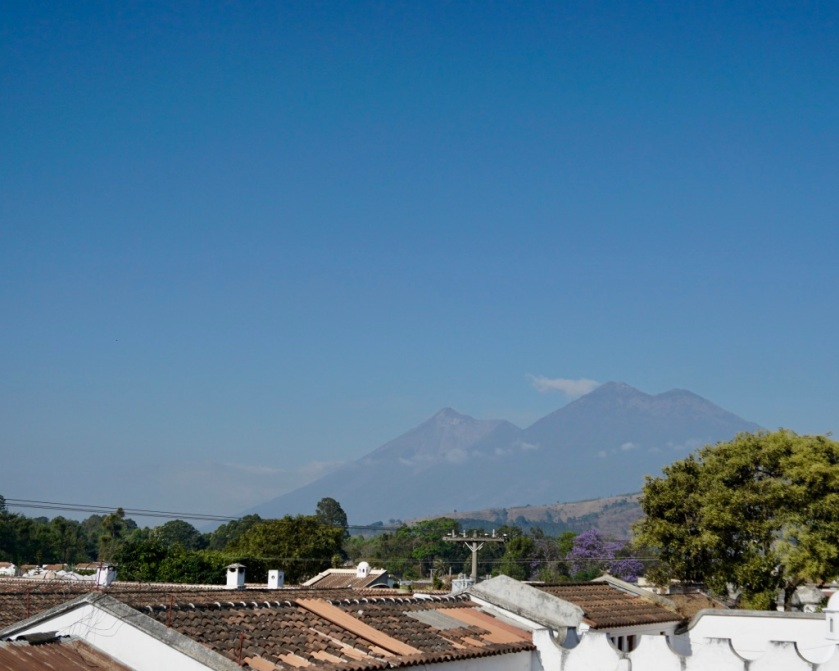




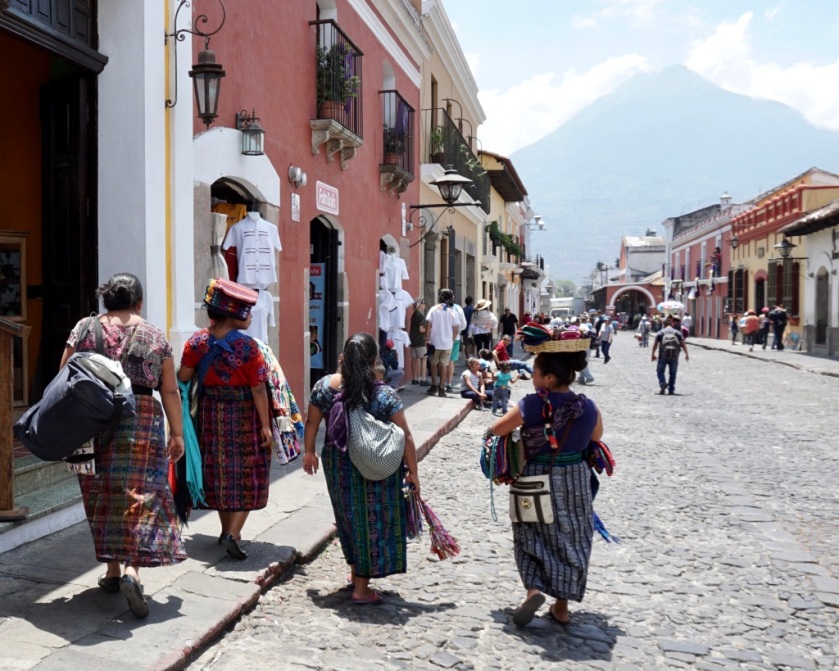
We spent the week mostly eating small tortillas filled with guacamole, cabbage, meat or fish, beans and chilli, walking around, buying beautiful handicrafts, exploring abandoned churches destroyed by earthquakes, and drinking hot chocolate sprinkled with chilli.





Three volcanos surround the city: the Volcán de Agua, the Volcán de Fuego and Acatenango. We decided to climb the Acatenango with an organised tour, and camp at the summit overnight. The Tropicana tour was extremely well organised, with incredible and serious guides, good food and equipment.
We knew that it would be a difficult climb and to prepare for almost freezing conditions at the top, but I definitely underestimated just how difficult and steep the hike would be, and most of all how affected I would be by the altitude. At times it was so heavy going that I would take five steps and stop to catch my breath. As we walked up, hundreds of Guatemalan families ran and practically skipped down the mountain, on their way down from Holy Monday mass at the summit.


By the time I had reached the campsite at about 3700 metres, I’d made all sorts of drastic promises to myself (to never climb above 3000 metres again, to never run a marathon, to never claim to like hiking ever again) and I collapsed into the tent, only to come out to throw up during the night. Tips for future Acatenango hikers: pack rehydration salts!




The descent the next day however was an entirely different experience. In a matter of a few hundred metres I started to feel more human, to notice the incredible eruptions of the Fuego volcano and the lava dribbling down the sides of the mountain. I stopped to observe the mountain flowers and even spotted a high altitude hummingbird. I was able to appreciate the different types of forest from the pine trees at the top to the dewy cloud forests and then agricultural lands. The descent almost made up for the trauma of the day before, and as usually is the case with this type of experience…it was worth it in the end.
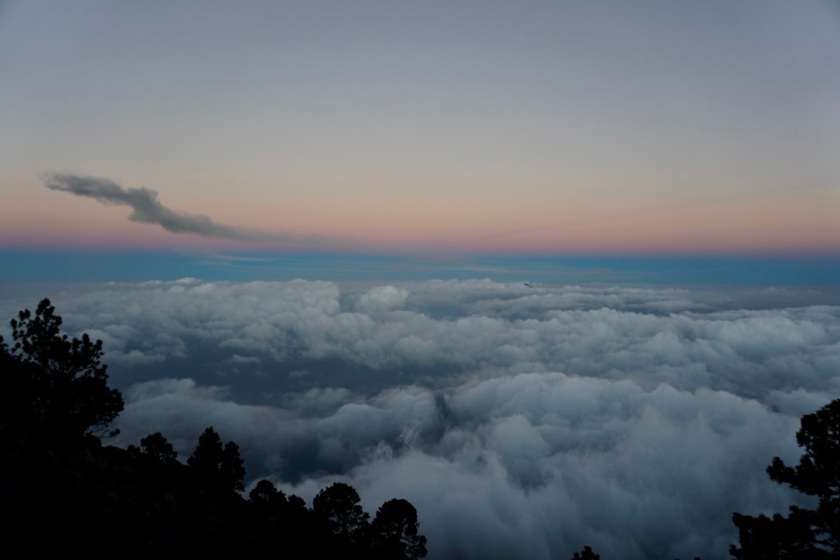

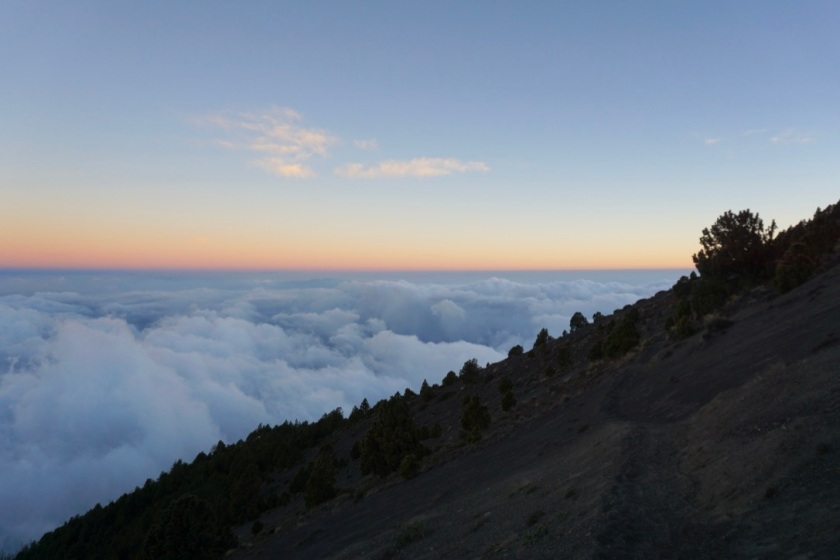
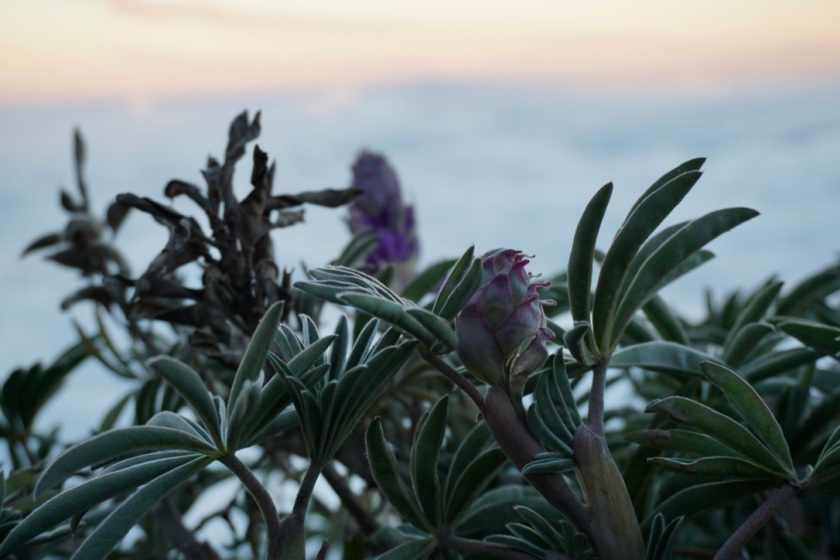





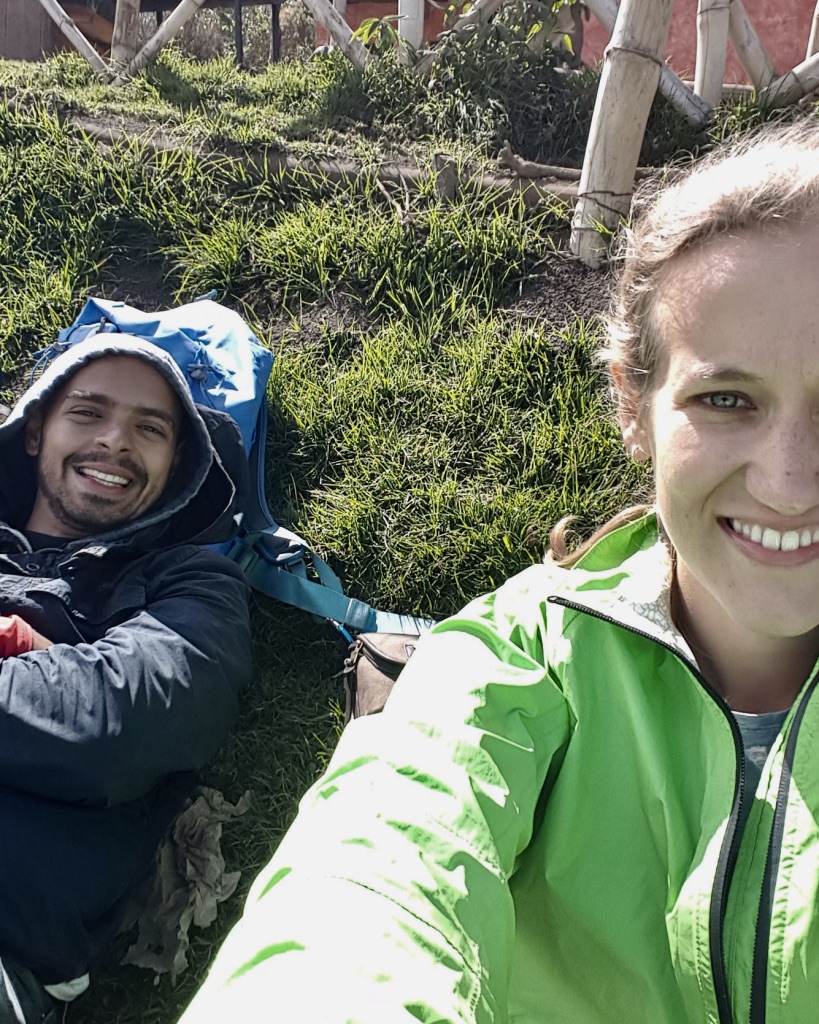
All in all it was a beautiful week with friends and a great opportunity to explore a small corner of Guatemala. We hope to be back soon!














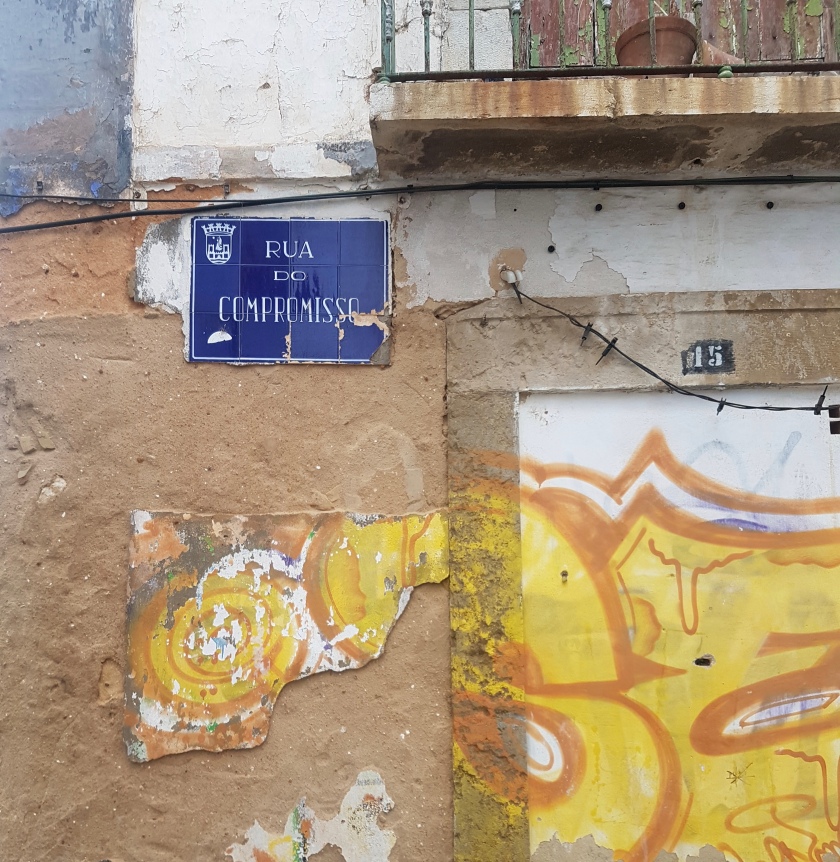


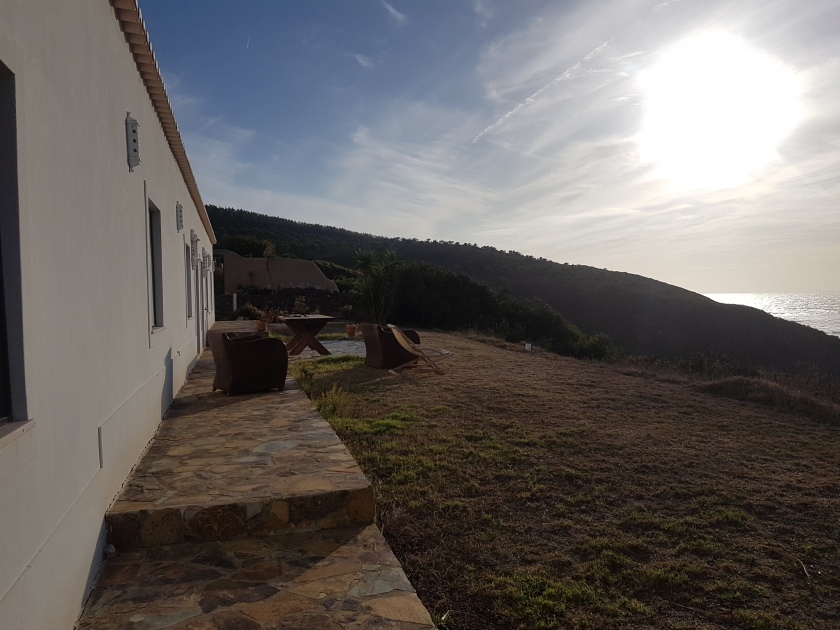





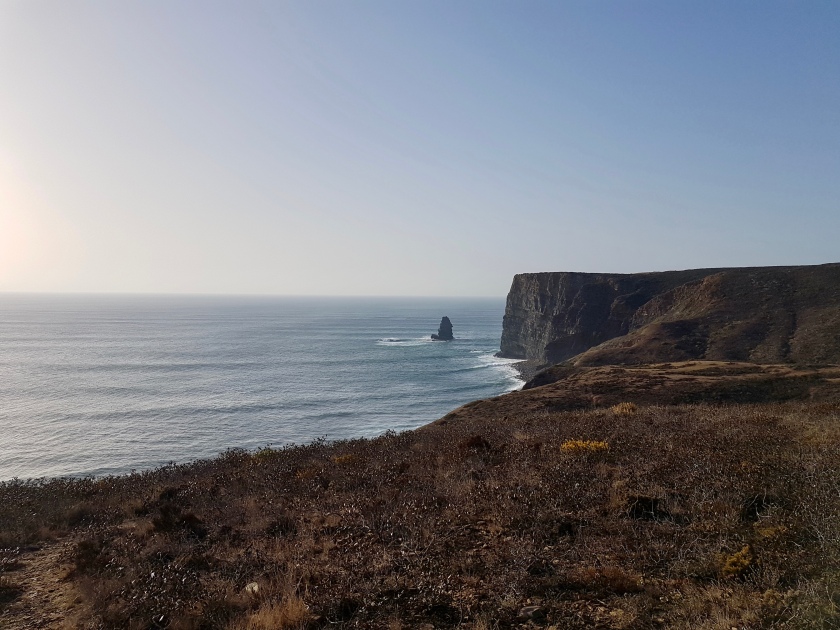


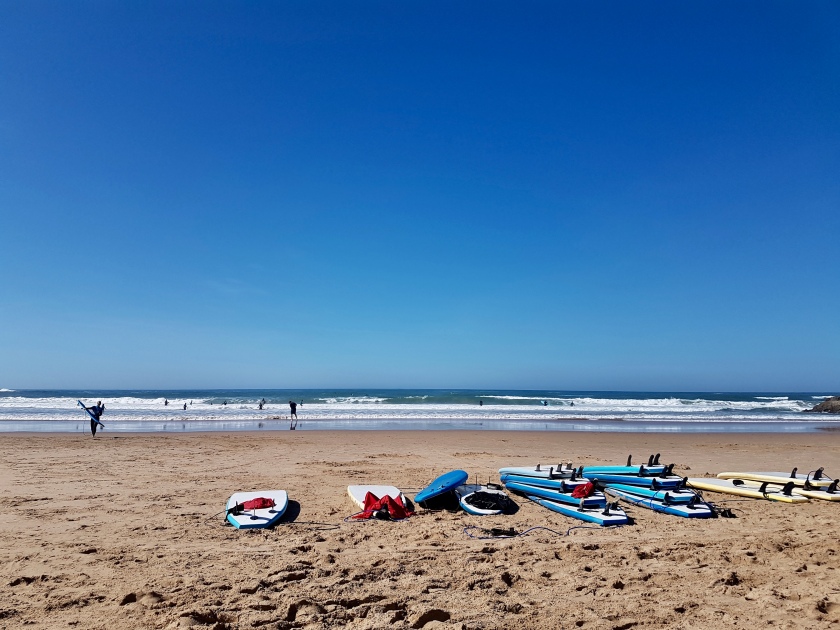


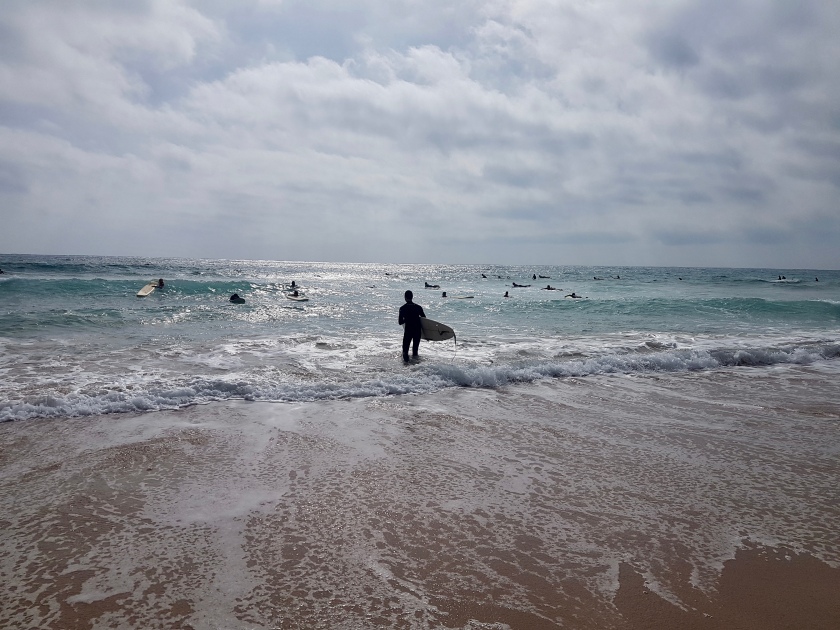

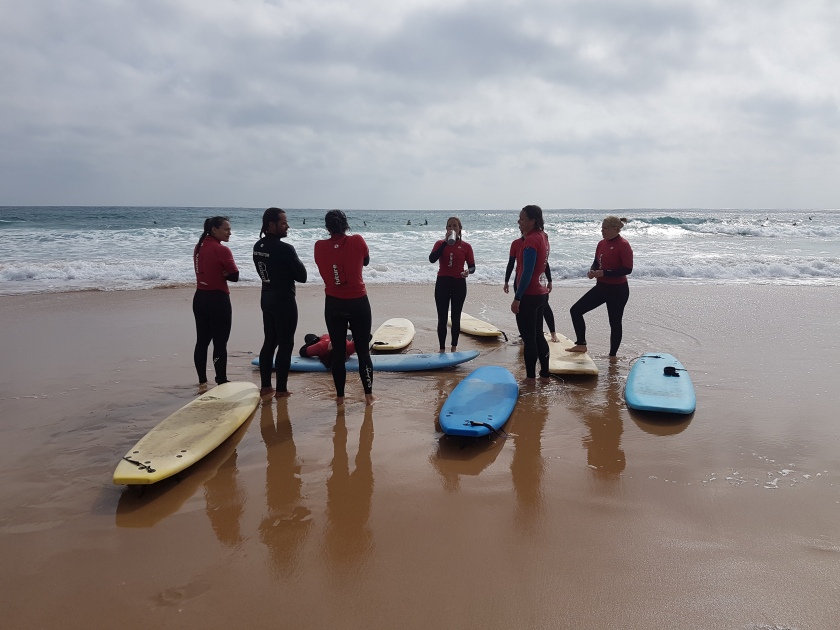


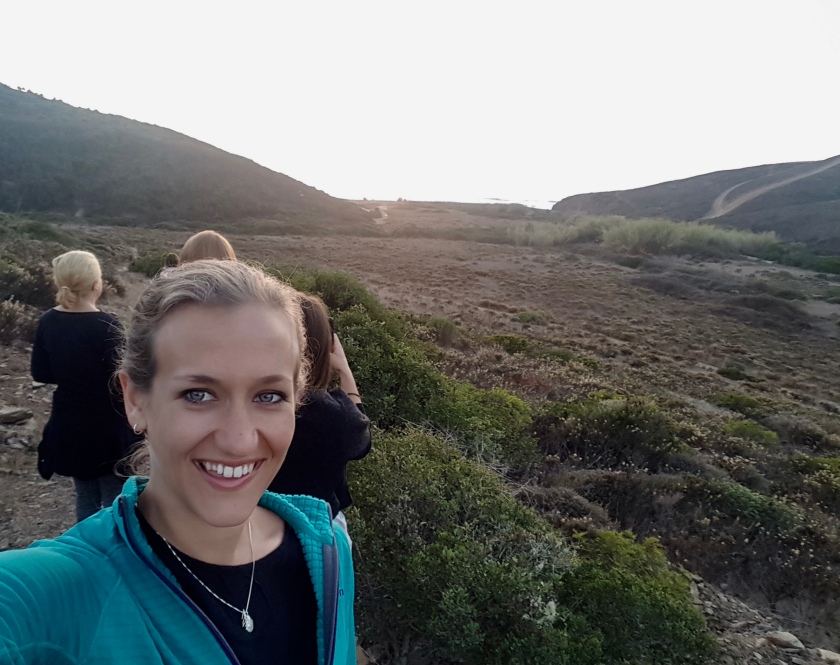





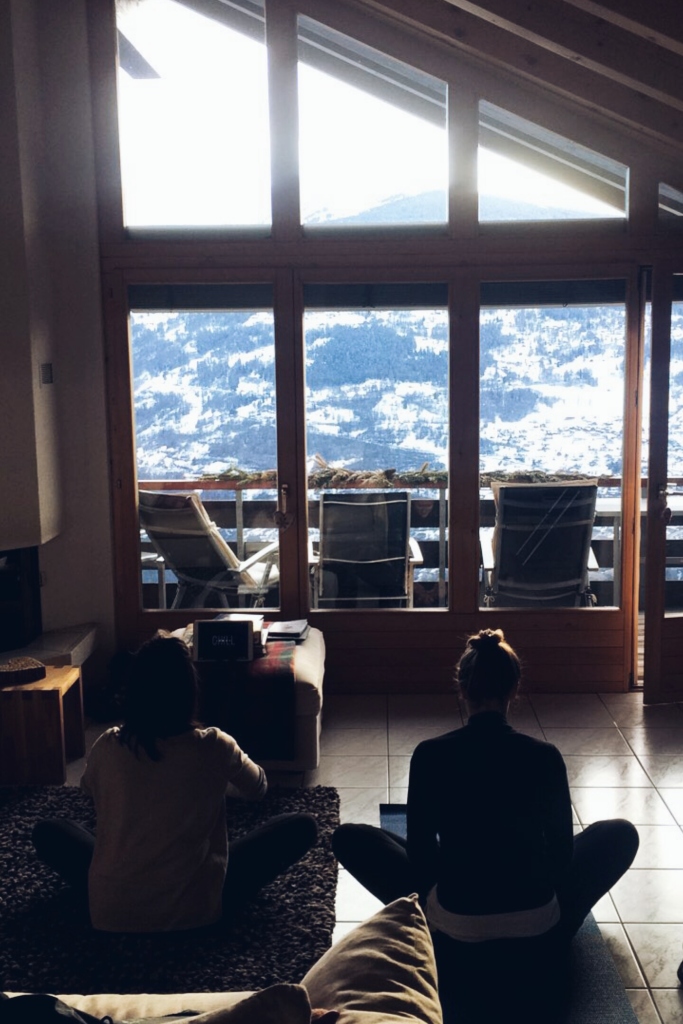


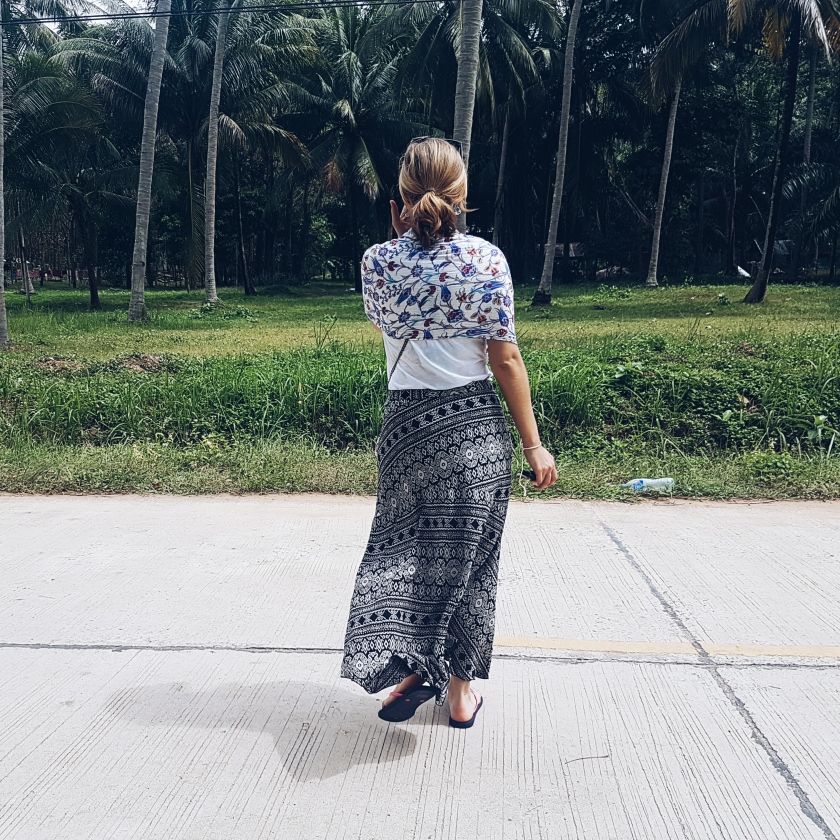
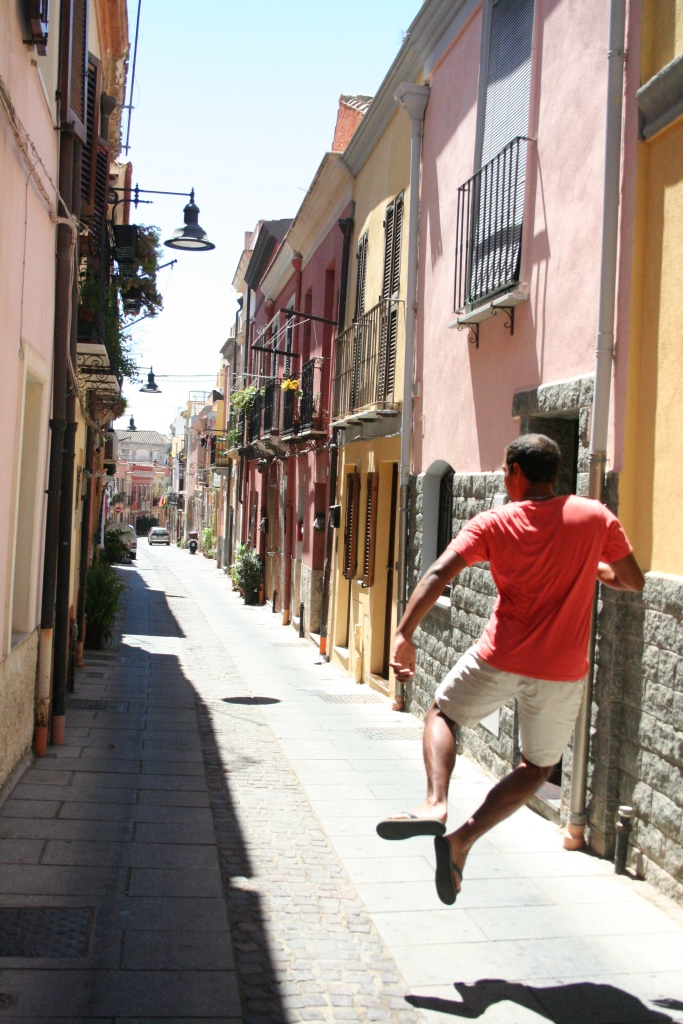
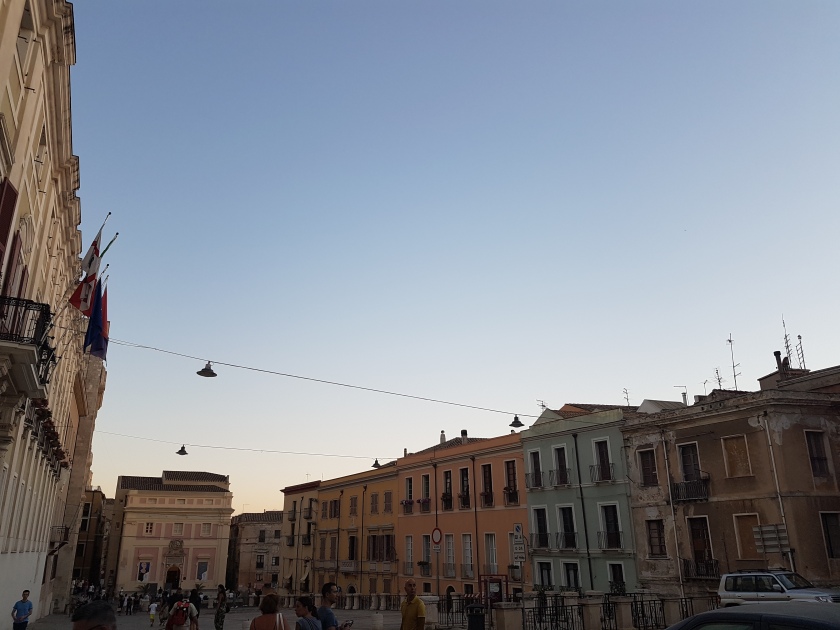

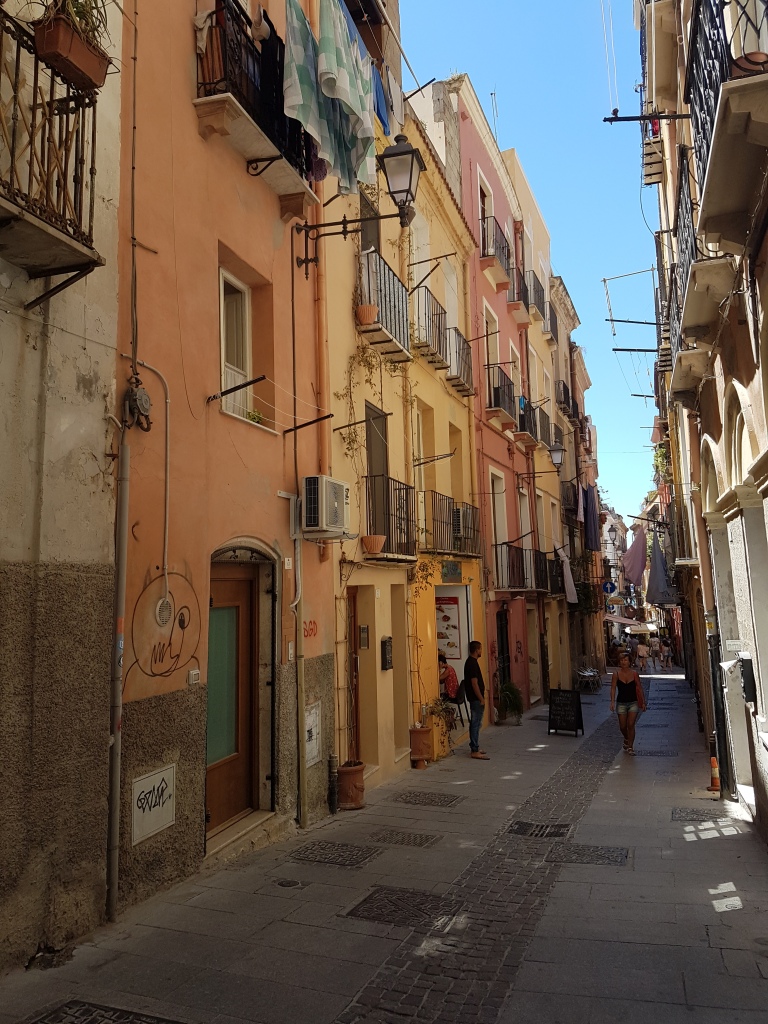



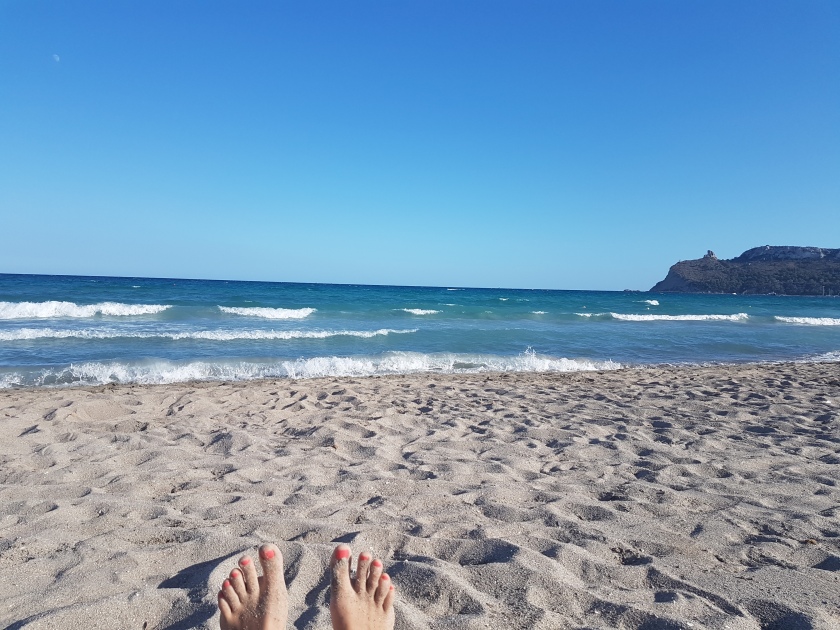





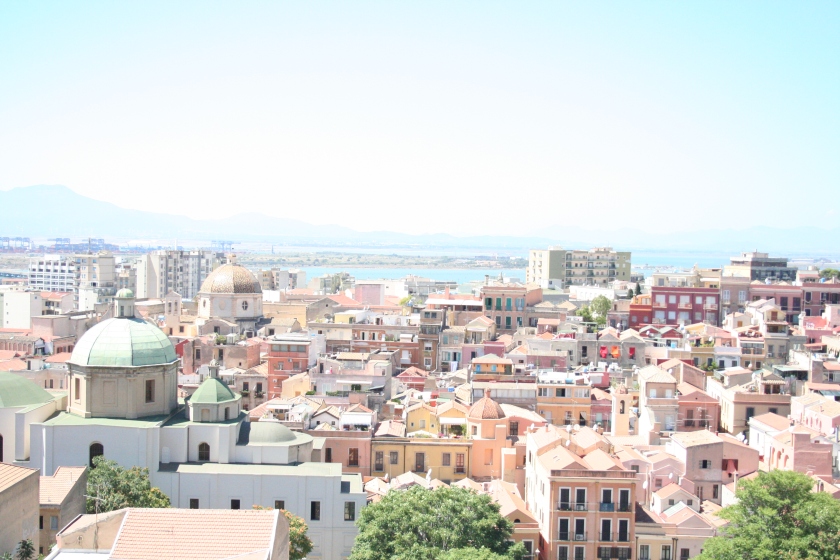
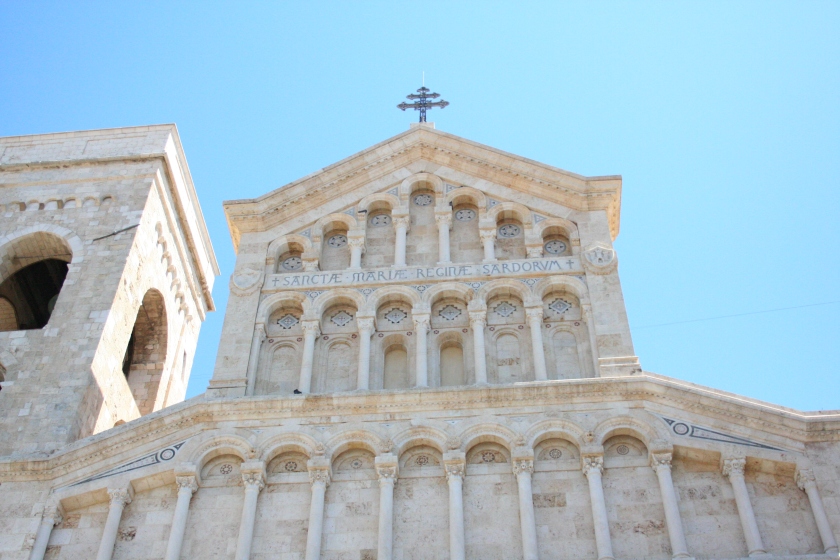





 The summer light rain that morning was the only thing which dampened the mood as my friend Sophie and I sat sheltered under the peach coloured awning of the unassuming ‘Violet’ bakery. We started the day right with black coffee and a slice of sponge cake with coconut cream icing. I may have been slightly overwhelmed by the strange familiarity of finding somewhere I had seen in pictures in a book yet had never actually been to and therefore in retrospect I might have made the wrong cake choice. I don’t actually have a very sweet tooth, however not a crumb was left and even if the cake was a little too sweet for 9 o’clock in the morning I thoroughly enjoyed the experience of sitting watching the world go by and smiling at the worthy locals popping in and cycling away again.
The summer light rain that morning was the only thing which dampened the mood as my friend Sophie and I sat sheltered under the peach coloured awning of the unassuming ‘Violet’ bakery. We started the day right with black coffee and a slice of sponge cake with coconut cream icing. I may have been slightly overwhelmed by the strange familiarity of finding somewhere I had seen in pictures in a book yet had never actually been to and therefore in retrospect I might have made the wrong cake choice. I don’t actually have a very sweet tooth, however not a crumb was left and even if the cake was a little too sweet for 9 o’clock in the morning I thoroughly enjoyed the experience of sitting watching the world go by and smiling at the worthy locals popping in and cycling away again.



